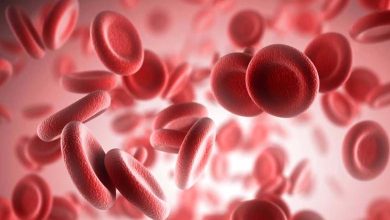Food coloring E129, a health risk

Processed foods contain a multitude of food additives, including dyes intended to enhance the color of certain foods. Many of these additives are singled out by scientists for their potential adverse health effects. Among them, the food coloring E129. In a recent study, it is associated with the development of colitis in experimental mouse models. Explanations.
The food coloring, referenced E129 (Allura Red), is a synthetic red dye. It belongs to the chemical family of azo compounds. Due to its potential adverse health effects, it is banned in several European countries (Germany, Denmark or Switzerland). In France, it remains authorized. It is found in particular in candies, fruit juices, yogurts, certain cheeses or even ice creams.
Scientific studies have already suggested a role for this dye in allergies and attention deficit disorder with or without hyperactivity (ADHD) in children. It would also be neurotoxic and carcinogenic. Recently, researchers have studied its possible impact on the functioning of the intestine. As well as on the development of inflammatory bowel pathologies. The results of this study have just been published in the scientific journal Nature Communications.
E129 dye and intestinal health
In recent years, research on intestinal health has focused mainly on the link between the microbiota, immunity and the development of intestinal diseases, in particular chronic inflammatory bowel diseases, such as Crohn’s disease or ulcerative colitis. On the other hand, the impact of environmental factors, and in particular exposure to food additives, remains poorly documented.
In this study, the researchers worked on experimental models of colitis (an inflammation of the colon which is similar to the phenomena observed during chronic inflammatory diseases of the colon in humans) in mice. Intermittent exposure of mice to the dye E129 over a 12-week period did not alter the mice’s susceptibility to colitis. In contrast, early exposure, early in the mouse’s life, increased the mice’s susceptibility to colitis.
Limit the consumption of E129, primarily in children
Moreover, even if human exposure to the dye is more like intermittent exposure, chronic exposure to the dye E129 in mice causes mild colitis, linked to two mechanisms:
– High levels of the neurotransmitter serotonin in the colon;
– An alteration of the epithelial barrier of the intestine.
This induction of colitis in mice chronically exposed to the dye was not found in mice lacking an enzyme involved in the biosynthesis of serotonin. Finally, by transferring gut microbiota from mice chronically exposed to E129 to unexposed mice, the induced colitis was of higher severity. Thus, chronic exposure to the dye E129 causes colitis in mice, linked to serotonin, but not linked to the microbiota. It remains to be determined whether such an effect can exist in humans. But in the meantime, the researchers recommend avoiding the consumption of this dye in children and on a regular basis in adults.












